In 10th grade Biology, St. Martin’s students undertake the study of life by engaging it on its own terms. Rather than leaning on textbooks with their abstract treatment of life’s bits and pieces we approach life as we naturally apprehend it: as an integrated and marvelous whole. Whether it is a tree, a grasshopper, a chicken or a cow – the nature of life and the unique nature or essence of each organism are not best expressed by a mechanistic inside-out analysis. We proceed therefore intentionally from the whole to the part and the farm here provides us with the perfect living laboratory to conduct our studies.
The central project in our 10th grade Biology program this year is the care and keeping of two separate flocks of 20 egg laying hens. This project grounds our pedagogical approach above while serving the needs of our farm-to-table operation and dovetailing beautifully with our new Construction Trades Program. And it will give the boys real responsibility with real consequences for success…and failure.
The hens, in our case six-month old White Leghorns, are wonderfully vivacious critters with complex and observable pecking orders and a highly developed capacity to do one thing in particular very well: lay eggs. A lot of them. The White Leghorn along with the Rhode Island Red (and its hybrids like the Red Star) are among the best layers going. She is a smaller bird with a tremendous feed to egg conversion ratio and a reputation for being a good winter layer. She is, as the boys have already observed, a bit high-strung. The observation of chicken behavior as a flock animal and the understanding of their anatomy and physiology (seen most meaningfully when we butcher our Cornish Cross broilers) will be ongoing topics in our Biology study.
So, here’s how the project works: initially, our 10th graders were divided into two groups of 4 boys who will work as a team for the remainder of the year on this particular on-going project. Each team was tasked with designing and constructing their own coop. Certain design parameters were given:
- the coop needed to be highly mobile to accommodate our pastured approach
- the coop needed to be secure against predators
- the coop needed to keep out the elements while providing good airflow/ventilation
- the coop needed adequate roosting space for sleeping birds
- the coop needed adequate nesting boxes for egg-laying
- the coop’s interior needed to be accessible and easily cleaned
- the coop needed to be simple, replicable and affordable within a budget of $400
- 4 weeks to design, source and build their coops
Each coop is placed within a 100 linear ft mobile fence, configured as they choose, that provides a run with daily access to fresh pasture, sunlight, cow-pies and bugs.
The boys will develop their own husbandry process for their flock that must include: feed, supplements, water, grit and calcium, dust-bathing and the possible inclusion of artificial light during the winter. There are various phases and therefore components to be evaluated, but ultimately, the proof will be in the pudding, or in this case the omelet. Healthy, well-kept hens will lay more eggs (dead hens don’t lay so well and there will be no replacements!) and each flock’s daily egg count will tell the tale of their caretakers’ foresight and diligence. For those interested in excruciating detail, here is a full breakdown of how this project is phased and will be evaluated.
And here are a few pictures:

The White Leghorn is an iconic egg-laying breed originating in Tuscany


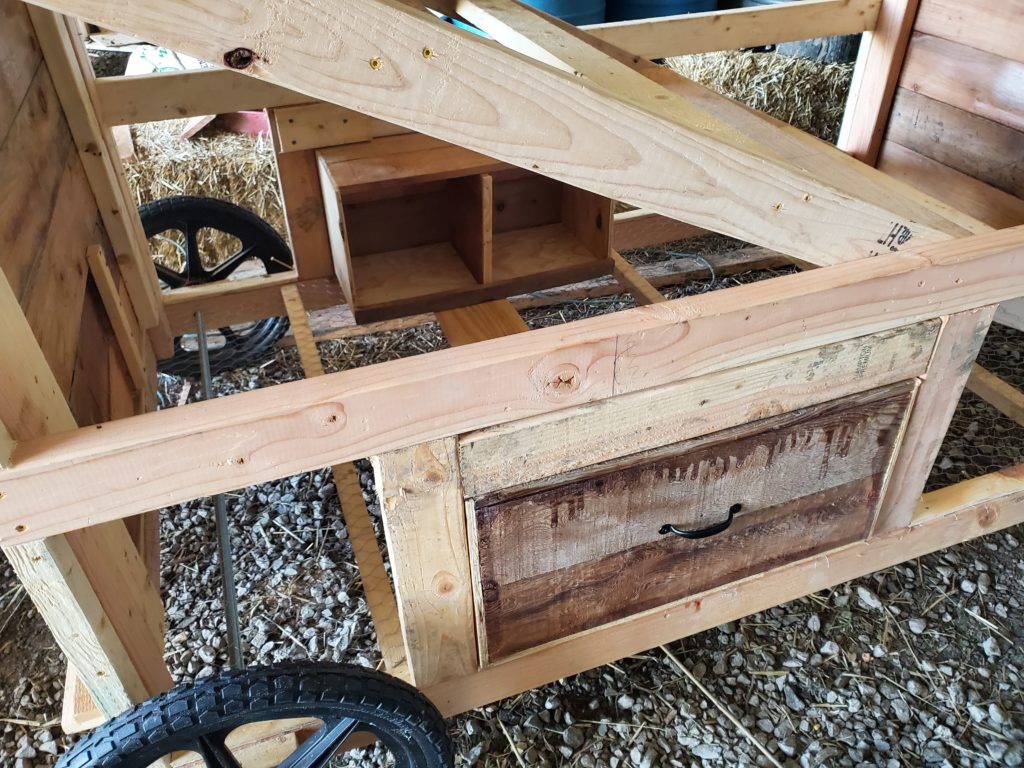
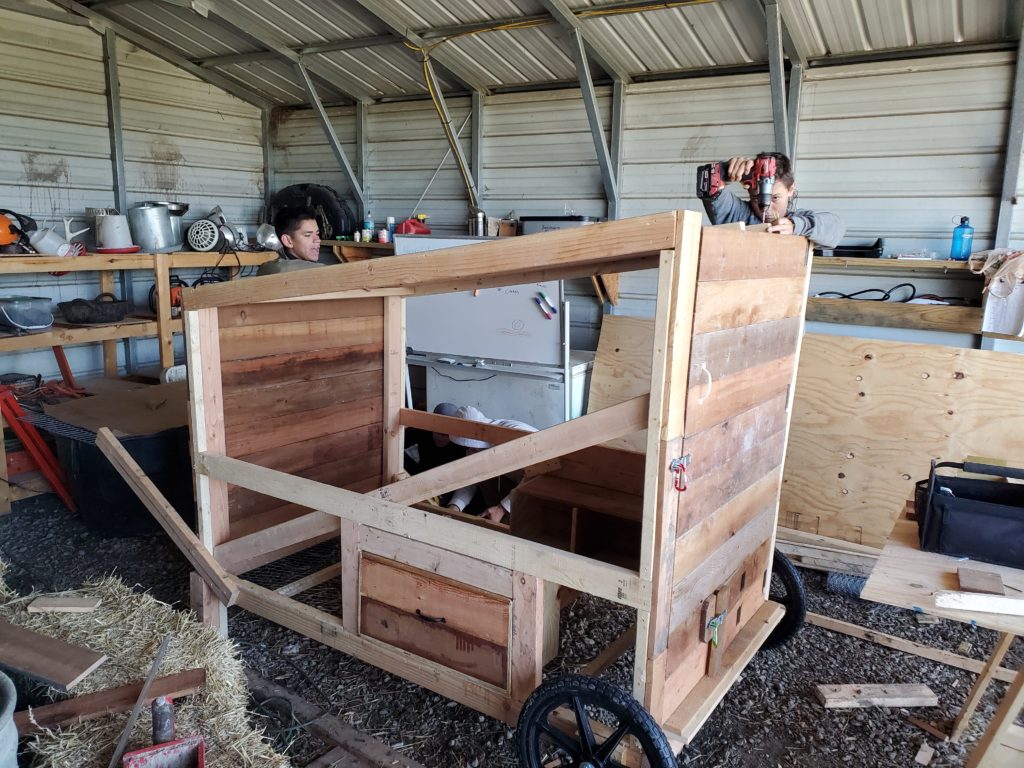
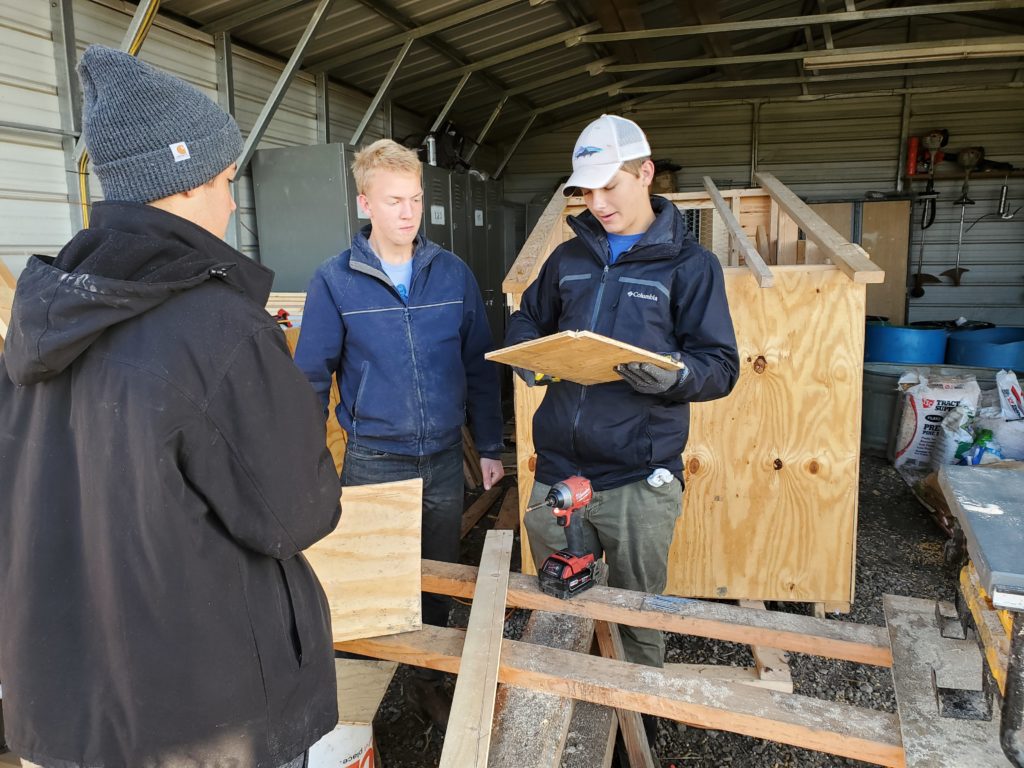
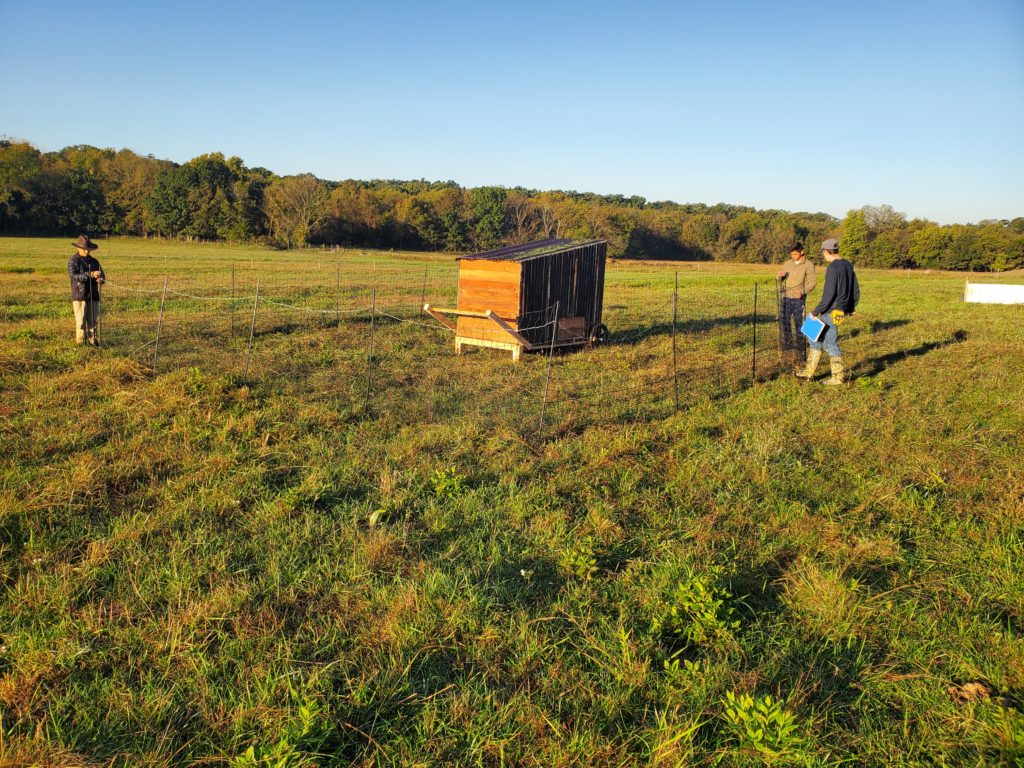
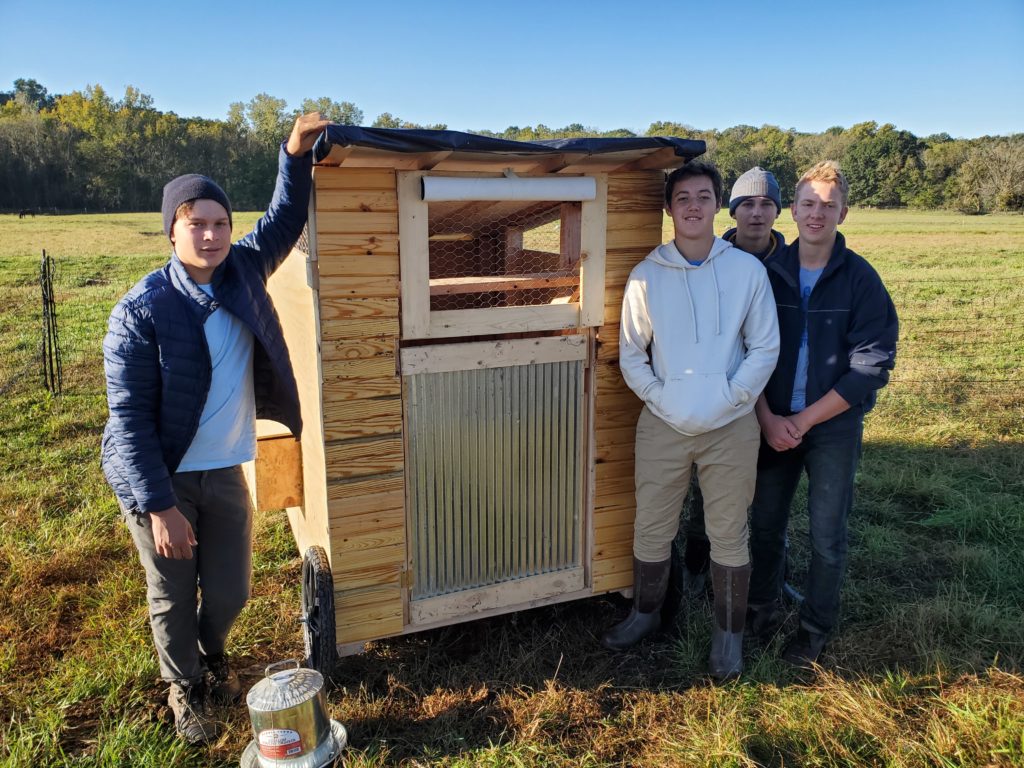
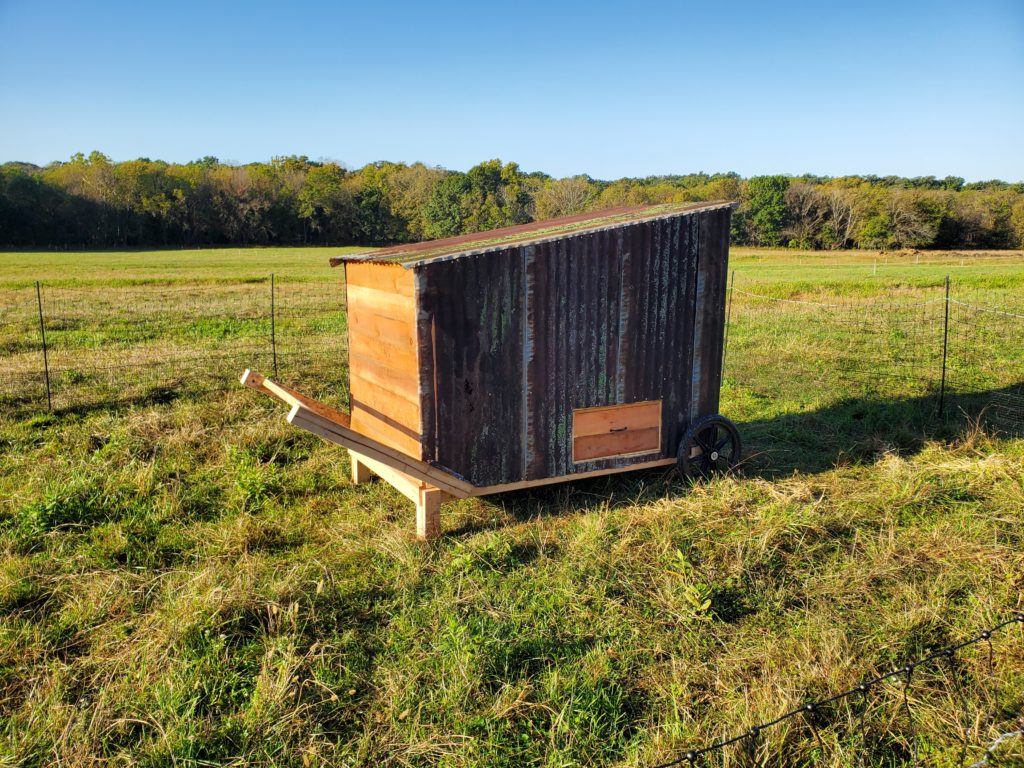
As of this morning (October 14th), the coops have been built and each infeathered with 20 birds. The boys did an outstanding job on their coops and are off to a strong start. The competitive juices are flowing, each team appraising their rival team’s coops with critical eyes and not hesitating to share some sage and pointed feedback (aka smack talk).
Let’s the competition begin!
NOTE: I may provide occasional progress reports here but will certainly do so throughout the year via our various social media outlets: Facebook, Instagram & Twitter. If you have questions about this project or other ways in which we combine thinking and doing at St. Martin’s, please connect with me at dkerr @ saintmartinsacademy dot org

